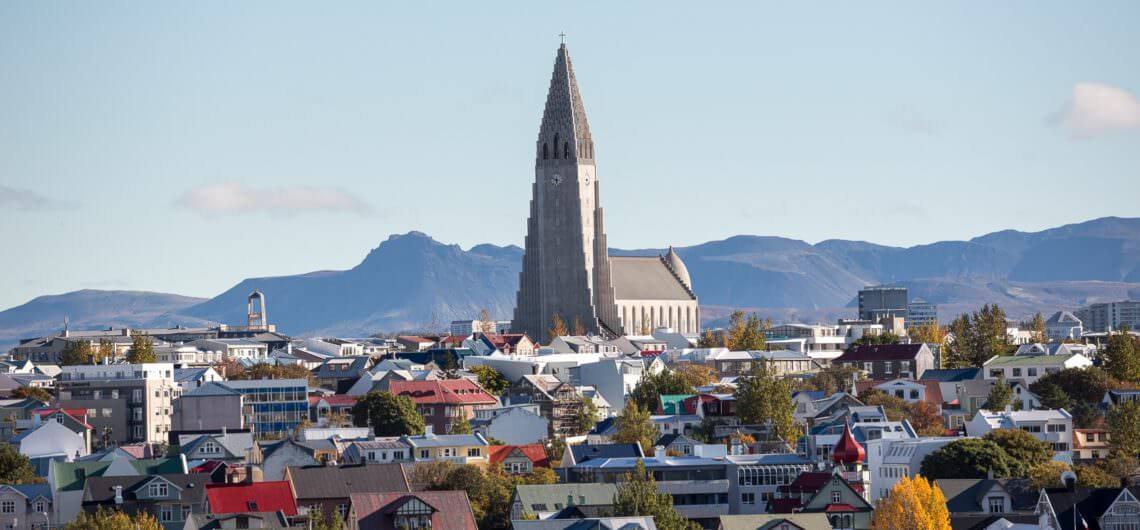Resting on the edge of the Arctic Circle and sitting on the top one of the world’s most volcanically active hot spots, Iceland is an inspiring mix of magisterial glaciers, bubbling hot springs and rugged fjords, where activities such as hiking under the Midnight Sun are complemented by healthy doses of history and literature.
Iceland is a place where nature reigns supreme. Aside from the modern and cosmopolitan capital, Reykjavík, population centers are small, with diminutive towns, fishing villages, farms, and minute hamlets clustered along the coastal fringes.
The Interior, meanwhile, remains totally uninhabited and unmarked by humanity: a starkly beautiful wilderness of ice fields, windswept upland plateaux, infertile lava, and ash deserts, and the frigid vastness of Vatnajökull, Europe’s largest glacier. Iceland’s location on the Mid-Atlantic ridge also gives it one of the most volcanically active landscapes on Earth, peppered with everything from naturally occurring hot springs, scaldingly hot bubbling mud pools and noisy steam vents to a string of unpredictably violent volcanoes, which have regularly devastated huge parts of the country. The latest events came in 2010 when Eyjafjallajökull erupted and caused havoc across Europe; and in 2015, when the eruption at Holuhraun created a huge new lava field.
Historically, the Icelanders have a mix of Nordic and Celtic blood, a heritage often held responsible for their characteristically laidback approach to life. The battle for survival against the elements over the centuries has also made them a highly self-reliant nation, whose former dependence on the sea and fishing for their economy was virtually total. Having spent years being dismissed as an insignificant outpost in the North Atlantic (Icelanders gave up counting how many times their country was left off maps of Europe), the eruption under Eyjafjallajökull in 2010 saw the tourist industry, at least, wake up to Iceland’s potential. Now close on a million foreigners visit annually – three times the national population – and Iceland is on a steep learning curve as it struggles to cope with tourist-driven inflation and sagging infrastructure at popular sights.

